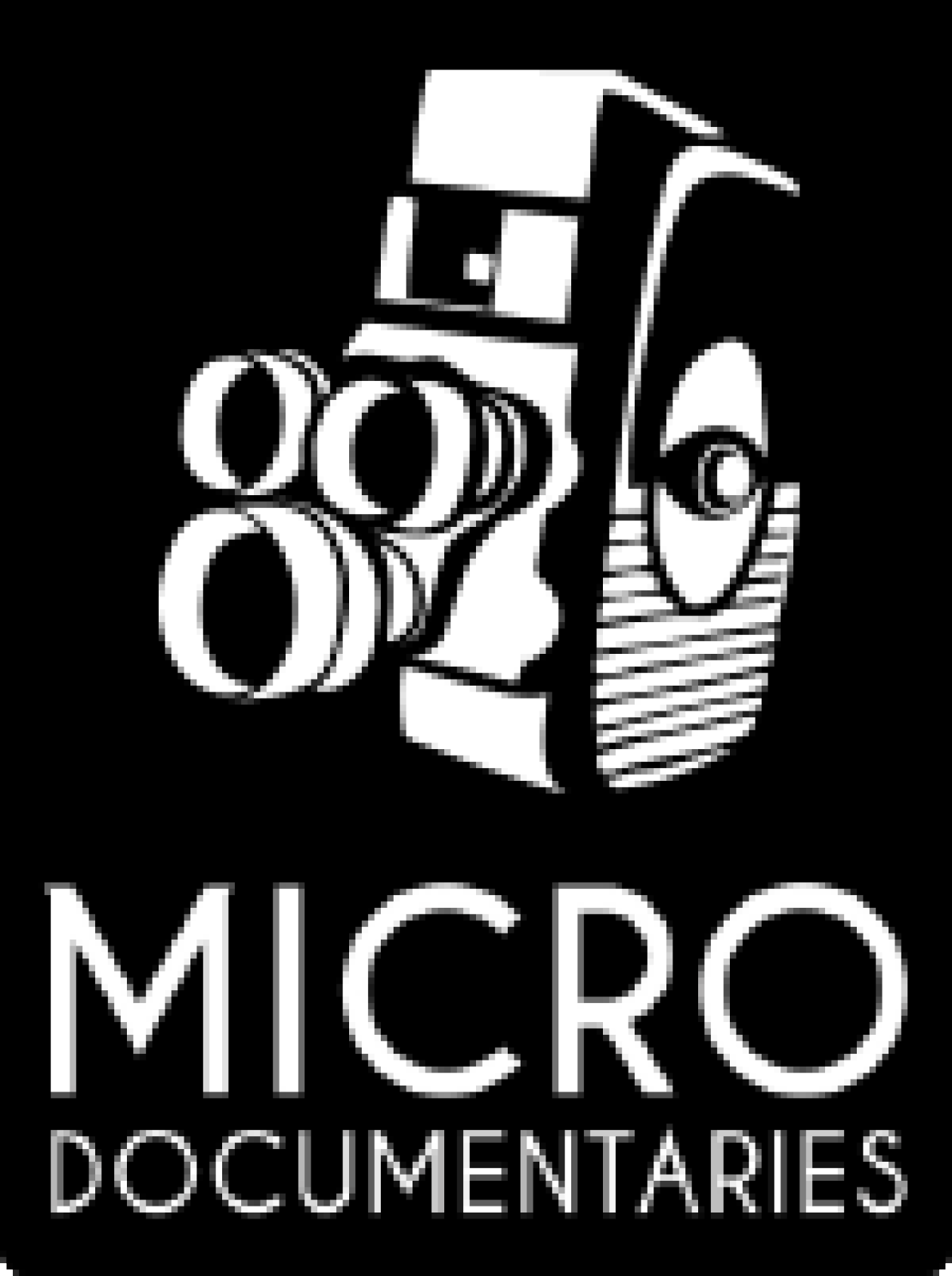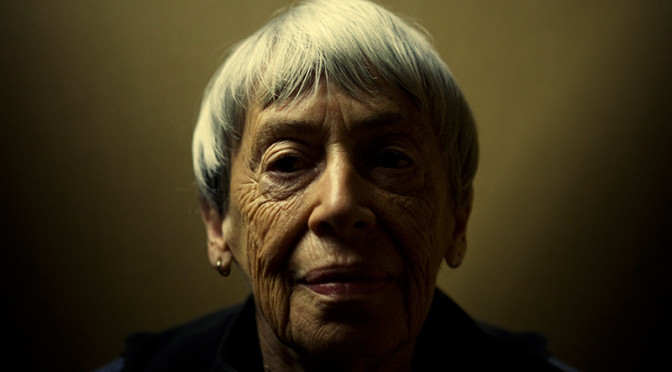One of the joys of being a documentary filmmaker is that I can turn to so many other kinds of artists for inspiration. A composer might inspire me to think more about pace, a painter might inspire me to think about framing, and a novelist might inspire me to think about trajectory. Of course, documentary filmmaking is really another form of storytelling, so it only makes sense that a celebrated writer such as Ursula K. Le Guin would hold a treasure trove of wisdom about storytelling that can easily be applied to the documentary world.
Le Guin was recently interviewed about her book, “Steering the Craft: A 21st Century Guide to Sailing the Sea of Story” on NPR. I was so inspired that I bought the book and read it on a recent vacation. Her book is geared toward writers, mostly of fiction, but I found some gems that resonated with me as a documentary editor:
- “The sound of language”: Le Guin highlights the importance of listening to your writing. She says “A good writer, like a good reader, has a mind’s ear,” and she constantly advises us to read our writing out loud to hear how it sounds. The same principle can be applied to documentary storytelling. Documentary editors may not be writing the words that you hear on screen, but the way the words fall on our ears, the sound of silence between phrases, is as instrumental as the actual meaning of the words. When I review edits, I often close my eyes and just listen so that I’m not initially distracted by the visual storytelling of the piece. “Pace and movement depend above all on rhythm, and the primary way you feel and control the rhythm of your prose is by hearing it – by listening to it.”
- Invisible exposition: “stories that tell us things without appearing to be telling us.” In other words, how do we provide background information without creating what Le Guin calls “an Expository Lump”? In our 2-minute films, we often struggle with this problem because there may be a lot of background or organizational information to get across, but that information is not integrated into the overall narrative. Le Guin says “Crafty writers (in any genre) don’t allow Exposition to form Lumps. They break up the information, grind it fine, and make it into bricks to build the story with.”
- Deliberate imitation: “conscious, deliberate imitation of a piece of prose one admires can be good training, a means toward finding one’s own voice as a narrative writer….What is essential is the consciousness. When imitating, it’s necessary to remember that the work, however successful, is practice, not an end in itself but a means toward the end of writing with skill and freedom in one’s own voice.” It would be impossible for any of us not to be influenced by other artists while finding our own style. I agree that we can all learn a lot through imitation – even in the film world – but if you are going to imitate a writer, an editor, a director, then you better be fully aware that you are imitating and use that as training rather than claiming the style as your own.
- Pathetic Fallacy: “A phrase, too often used condescendingly, to describe a passage of writing in which the landscape, weather, and other things mirror or embody human emotions.” In novels, the description of a landscape, the weather or any other details will set the stage for the story. Le Guin says “Everything you describe is there in order to further the story.” These are great words of wisdom for a documentary film editor and cinematographer, but in most cases this advice would apply to editing visuals. Is the reveal of the landscape setting the appropriate stage for the story, is the montage of details in the person’s house relevant to carrying the story forward? If you don’t have literal visuals that show a person going through a sad experience in their past, what other types of images can convey this emotion?
- The importance of “crowding and leaping”: “what is included in a story and what is omitted.” Often, less is more. Le Guin says, “By crowding I mean keeping the story full, keeping it moving, not slacking and wandering into irrelevancies….What you leap over is what you leave out. And what you leave out is infinitely more than what you leave in. There’s got to be a white space around the word, silence around the voice.” In the documentary film editing world, we often start by crowding with everything that we think is relevant or moving, but then we have to take a razor blade and trim it down. In my experience, this is where the joy of editing comes in – after tirelessly going through hours of footage, I get to the point where it feels like things miraculously come together. I seem to intuitively know what should stay and what should go when I see the story strung out on my editing timeline. Le Guin puts it more directly: “consider what merely pads or repeats or slows or impedes your story, and cut it. Decide what counts, what tells, and cut and recombine till what’s left is what counts. Leap boldly.”
Kiran Goldman - Director of Field & Post-Production
Kiran is a documentary filmmaker who has produced and edited international, criminal justice, environmental and health stories for PBS, FRONTLINE, FRONTLINE/World and Cornell University. She lives in the Bay Area with her husband and enjoys trail-running, traveling, camping, and cooking in her free time.

